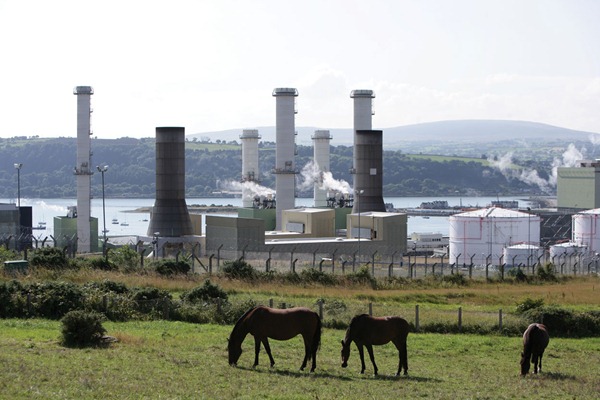Changes in the Northern Ireland sector
agendaNi looks at the changes facing the energy sector in Northern Ireland.
The energy market in Northern Ireland continues to evolve with much happening across the sector.
Electricity has seen most change in the last year. The Republic’s ESB is in the process of buying Northern Ireland Electricity’s transmission and distribution business which will see the merger of the two main electricity distribution networks on the island, although regulatory constraints will necessitate the disposal of some of NIE’s assets. The Utility Regulator has already put NIE’s transmission assets on the table, which has largely gone unnoticed by those looking to block the deal for political reasons.
At present there is an abundance of power generation capacity on the island and what capacity there is, is of good quality with new modern and efficient plant. AES, the American owner of Kilroot Power Station, announced its £99 million purchase of Ballylumford in July.
The Single Electricity Market (SEM) has now bedded down and attention has turned to implementing an all-island gas market, known as the Common Arrangements for Gas (CAG).
The Common Arrangements for Gas will include an all-island gas system operator and the introduction of a common EU standardised code of operation for the network. The CAG will change the way gas is moved around the island and will be introduced on 1 October 2012. There will effectively be a single gas network for the island. The new market arrangements will also include rules for the introduction of gas storage.
Two gas storage projects are being developed near Larne, which will meet the island’s energy security needs. With 60 per cent of Northern Ireland’s electricity now being generated from gas, there is a pressing need to ensure a secure supply of gas. Gas storage also helps to level out seasonal price fluctuations. Any gas storage project has to look to the island as a whole as Northern Ireland is too small to justify the investment alone. Gas storage will also help facilitate the development of wind generation. At higher levels of penetration the intermittency of wind capacity can be offset by storing gas to meet demand when winds drop.
There is also the prospect of increased electricity interconnection between Great Britain and the island of Ireland. The East-West Interconnector between Rush North Beach in Co Dublin and Barkby Beach in north Wales will increase energy security for the island and facilitate the future development of renewable energy on the island. The electricity export capacity of the island will be further enhanced with the removal of export constraints on the Moyle Interconnector, which links Islandmagee to Scotland. The current export capacity constraints are being removed from the existing 80 MW up to 300 MW and then to 500 MW.
Intra-day trading will also be introduced on the Moyle Interconnector, which will help with the scheduling of often unpredictable wind generation capacity. A new computerised auction system will see new trading products introduced and result in a standardisation of market arrangements between the Irish-GB interconnectors and the UK interconnectors to France and the Netherlands, which will take the formation of a regional European regional electricity market a step closer.






